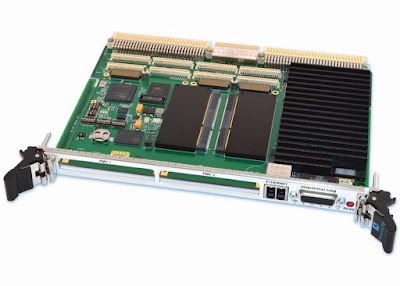Company
Response Care is a wireless nurse call and personal emergency
system provider.
The company was founded in 2006 and is located in Rochester,
New York.
Business Situation
Response Care provides a range of products from an alert
system and notification systems to a wireless network. The systems can be
installed in places where elders continue to enjoy living normally, but need
monitoring services. Response Care looked for a business partner to provide engineering
and manufacturing expertise in creating an industrial device to quickly and reliably
connect patients with staff.
Solution
Response Care chose to partner with Crystal Group to provide
an industrial server capable of meeting UL-1069 certification, as well as
forming a long-term relationship that provides engineering and manufacturing
expertise.
Benefits
- Device reliability eliminates business interruptions.
- Low maintenance appliance.
- Flexible manufacturing options provide scaling opportunities as market grows.
- Responsive customer support for changing business, engineering and manufacturing needs.
- Reinforcement of customer brand through private labeling.
- Reliable hardware combined with capable software improves profitability for the care facility













